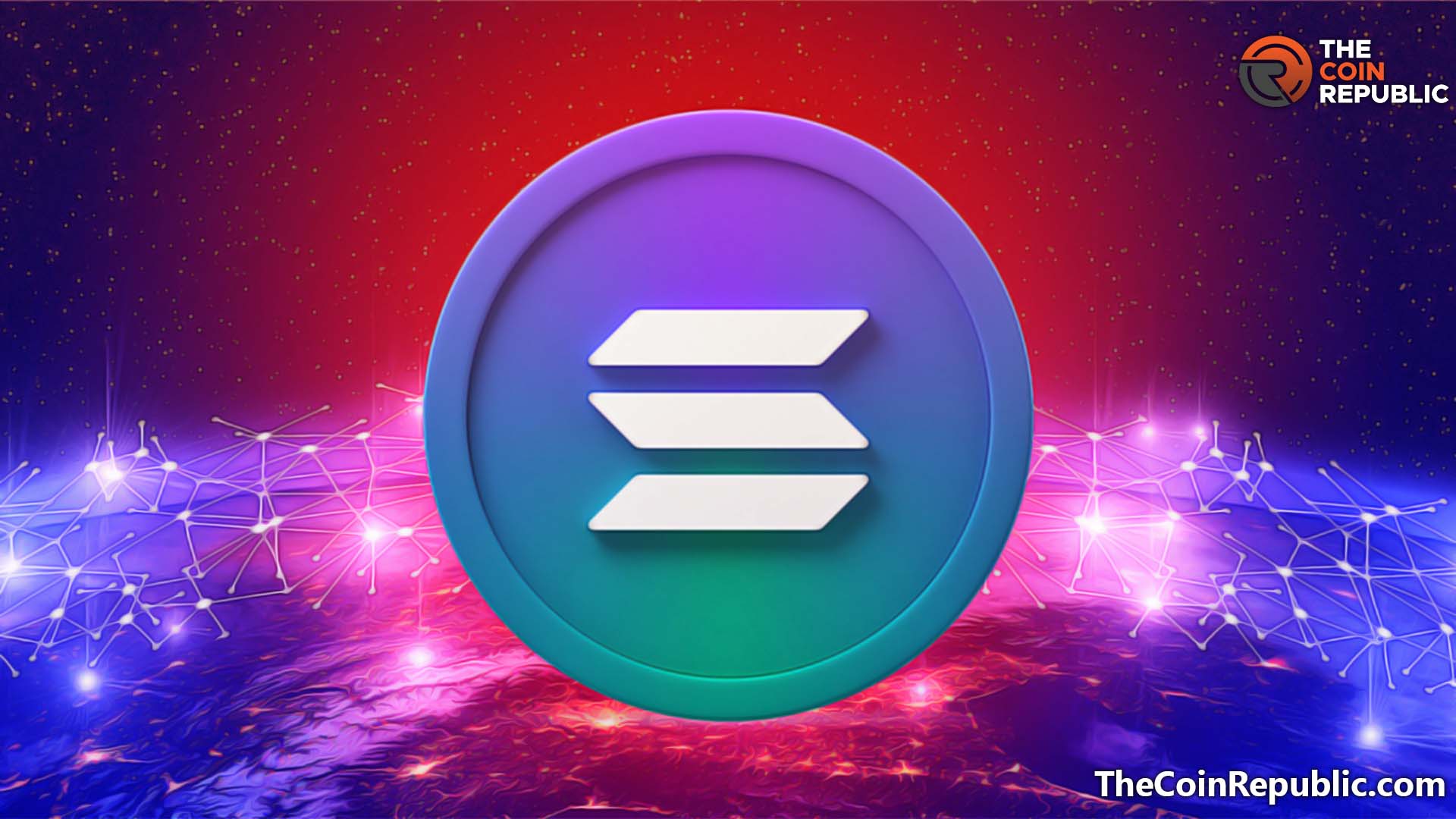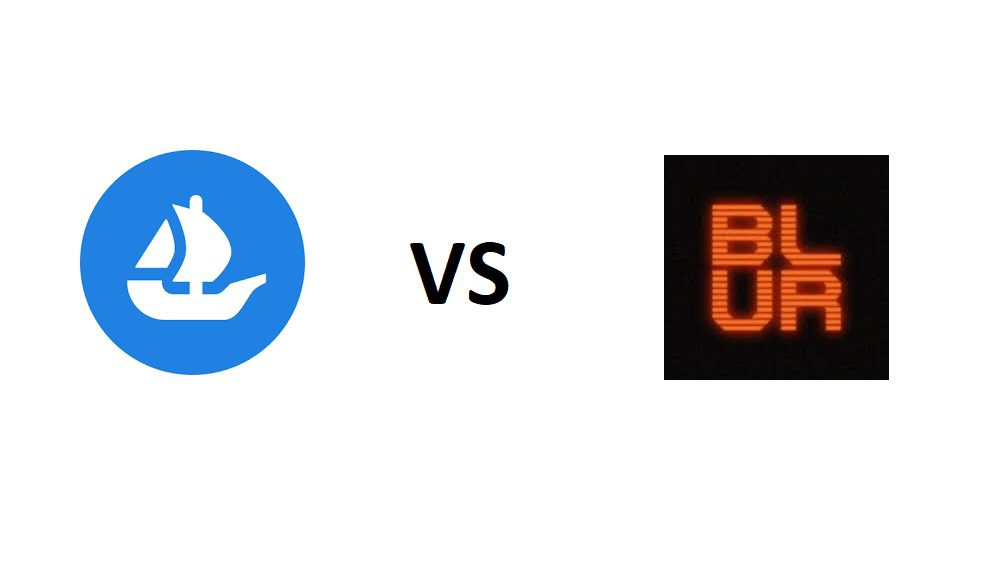What are native tokens?

What are native tokens?
Native tokens are a blockchain’s inherent digital currency. Each independent blockchain has its own native crypto used to reward miners and validators who add blocks to the blockchain and as a payment method, including for transaction fees. These types of tokens are also known as base tokens or intrinsic tokens because a blockchain’s design allows a particular token to work with it.
There are also non-native tokens that are derivatives of a blockchain built to trust the native token. Non-native tokens are created for specific purposes and come in the form of governance tokens, wrapped tokens and stablecoins, among others.
Important takeaways
- Native tokens are the basic tokens of a cryptocurrency blockchain designed to work directly with the blockchain.
- Native tokens are often used to represent the value of a crypto ecosystem. For example, Ether symbolizes the value of the Ethereum ecosystem.
- Native tokens are used to pay via blockchains and for transaction fees and as collateral by the blockchain validators using consensus mechanisms such as proof-of-stake.
- Examples of native tokens include Ether (ETH), bitcoin (BTC), stellar (XLM) and solana (SOL).
- Non-native tokens are derivatives of a blockchain built to trust the native token blockchain.
Examples of native tokens
There are several native tokens with their respective blockchains. Some examples are the Ethereum blockchain’s original token called Ether (ETH); Binance Smart Chain, which has a native token called Binance Coin (BNB); and Cardano’s native token, ADA.
In other cases, the original token bears the same name as the blockchain: two notable ones are the Bitcoin blockchain with its original token, bitcoin, and the Stellar blockchain with stellar as its original token.
A ticker symbol is used when identifying a token with a name similar to the blockchain. This is a mix of different letters that represent an asset. For bitcoin, the ticker symbol is BTC, while XLM represents fantastic. In other cases, the first letter of the blockchain name is capitalized and the letter of the original token is lowercase to distinguish the two.
A native token is meant to represent the value of the crypto network ecosystem. For example, Ether represents the value of the entire Ethereum blockchain.
The Importance of Native Tokens
To understand the importance of a native token, let’s look at how the Ethereum blockchain works and the role of Ether, its native currency.
The Ethereum blockchain has helped shape several industries because it was designed to have smart contracts, used to develop decentralized applications (dApps). Ethereum is a critical component of decentralized finance (DeFi). The variety of use cases has added to the value of Ether.
Ether has two primary uses on the Ethereum blockchain: payment, for transactions made via Ethereum and for transaction fees, also known as gas fees, as well as for security, which network validators stake to determine their eligibility. Some Ethereum-based decentralized applications also use Ether as an authorized currency to facilitate transactions.
Gas fees on the Ethereum blockchain refer to the fees paid for transactions to complete. The fees are denominated in “Gwei” (1 ETH equals 1 billion Gwei). Validators are decentralized computers or nodes that approve and confirm transactions. To participate, nodes stake Ether, making them eligible.
Just as Ethereum’s Ether becomes valuable in this way, other blockchains, such as Solana and Algorand, have native tokens that enable smart contracts.
Understand non-native tokens
Non-native tokens are tokens whose blockchains are derivatives of another blockchain with a native token.
These tokens rely on the native token’s blockchain standards to thrive. The most prominent example of this is the Ethereum blockchain, which houses several decentralized applications with their own tokens. In addition to being a derivative, non-native tokens are developed for specific uses, either as the sole source of payment in their ecosystem, especially with dApps, or to govern a right on Decentralized Autonomous Organization (DAO) projects.
Examples of non-native tokens
Non-native tokens come in different categories, such as governance tokens, wrapped tokens, stablecoins and oracle tokens. Some examples of non-native tokens include the Chainlink platform’s LINK; WBTC, a tokenized wrapped bitcoin running on the Ethereum blockchain; USD Coin (USDC), a digital currency fully backed by US dollar assets; AAVE, the original token of the decentralized Aave platform; and DAO Maker’s governance token, MKR.
LINK, the token of a decentralized blockchain oracle network built on Ethereum called Chainlink, is a classic example of a non-native token, and is a primary source of payment. Chainlink is middleware that connects blockchain smart contracts with real-world data, and LINK is used to pay its operators who are responsible for fetching off-chain data and performing calculations. LINK allows external data to communicate with the blockchain.
For example, when a person uses crypto to bet on the outcome of a soccer match, the bet is stored on a smart contract. To determine whether the person won or lost, the blockchain needs a reliable source of information; oracle tokens like Chainlink’s are convenient for this use. Besides LINK, other non-native tokens in this category are the Band Protocol (BAND) and the NEST Protocol (NEST).
The use of non-native tokens and benefits they provide is seen in DeFi and DAO projects, where they provide reduced transaction fees and act as governance tokens.
With a decentralized money market like Aave, where cryptocurrency can be lent and lent, users get a reduced transaction fee when they perform an activity on the DeFi platform, making it reliable for them. This added benefit allows the holder of AAVE to govern by voting how the protocol works, changes that should be implemented, and more.
Other categories of non-native tokens include storage tokens, privacy coins, and sports tokens.
Why do non-native tokens trust native tokens?
Non-native tokens depend on native tokens because the blockchain of the non-native token depends on some aspect of the native token’s blockchain. An example is a Chainlink, which depends on the blockchain Ethereum.
Are there non-native tokens besides those on the Ethereum Blockchain?
Yes, some non-native tokens exist outside of Ethereum. An example of a non-native token on another blockchain is the USDC token, found on the Solana, Stellar, and Algorand chains. USDC is a cryptocurrency referred to as a stablecoin, meaning it is pegged to the US dollar at a 1:1 ratio; that is, 1 USDC equals $1.
Is it possible to trade both native and non-native tokens?
Yes, it is possible to trade both native and non-native tokens. This can be done on cryptocurrency exchanges that have these types of tokens listed. The CoinMarketCap platform is a website that shows where native and non-native tokens are listed.
The bottom line
Native tokens are the blockchain’s basic digital currency. Each blockchain has its own native coin that is used to reward miners and validators who add blocks to the blockchain and for payment. These are also known as base tokens or intrinsic tokens because a blockchain’s design works with a specific token.
There are also non-native tokens derived from a blockchain built to trust the native token. Non-native tokens come in the form of management tokens, wrapped tokens and stablecoins.























